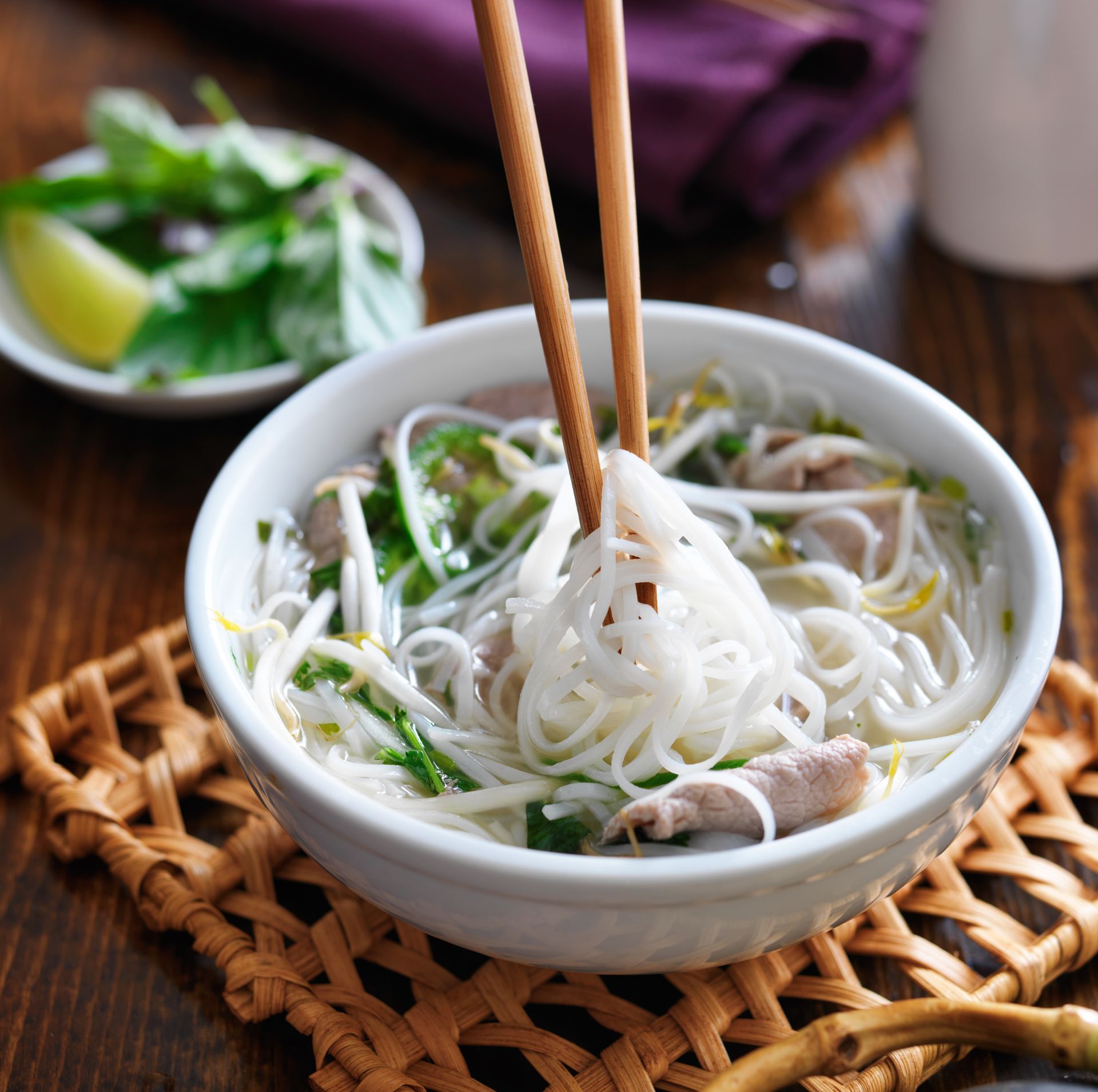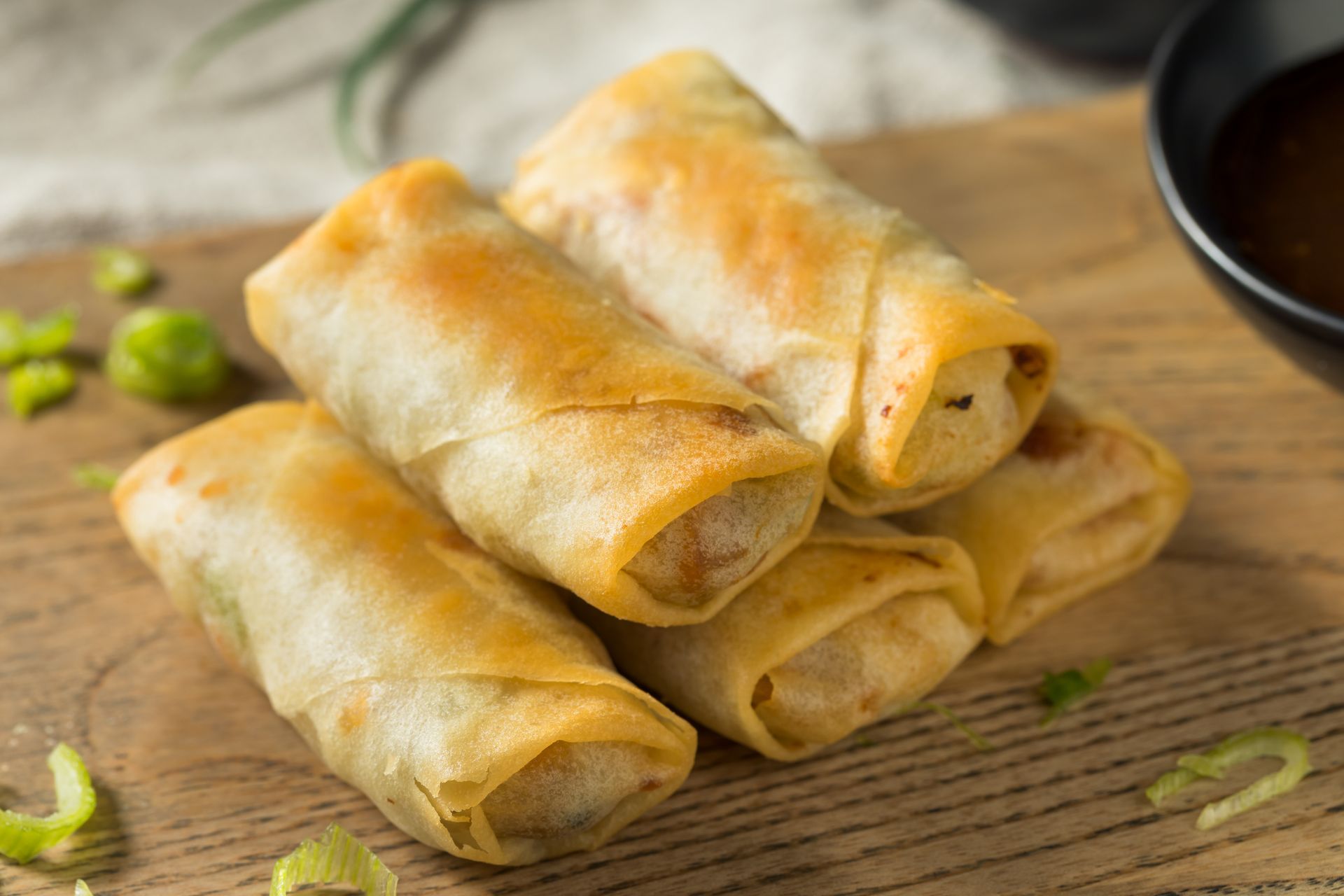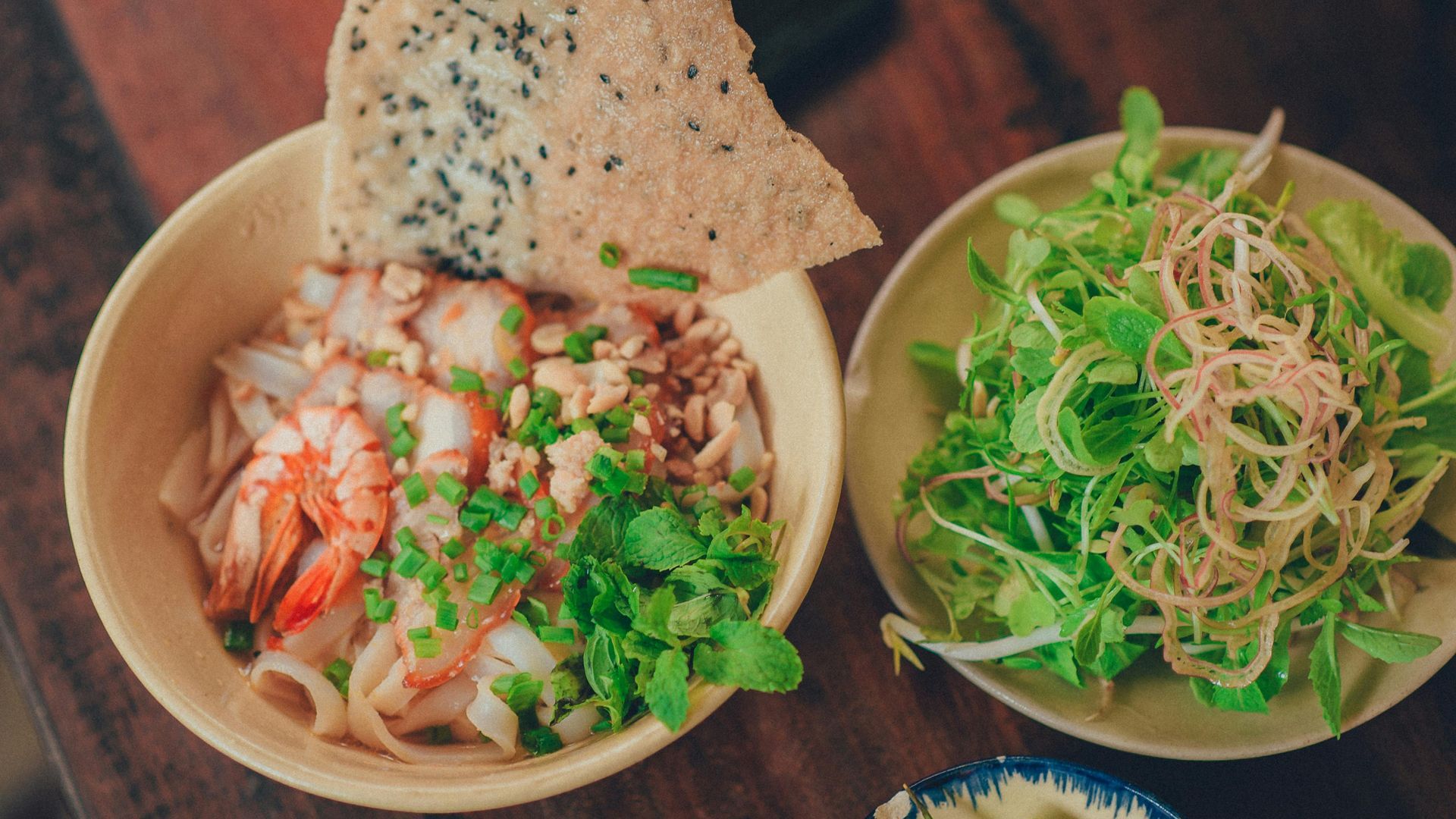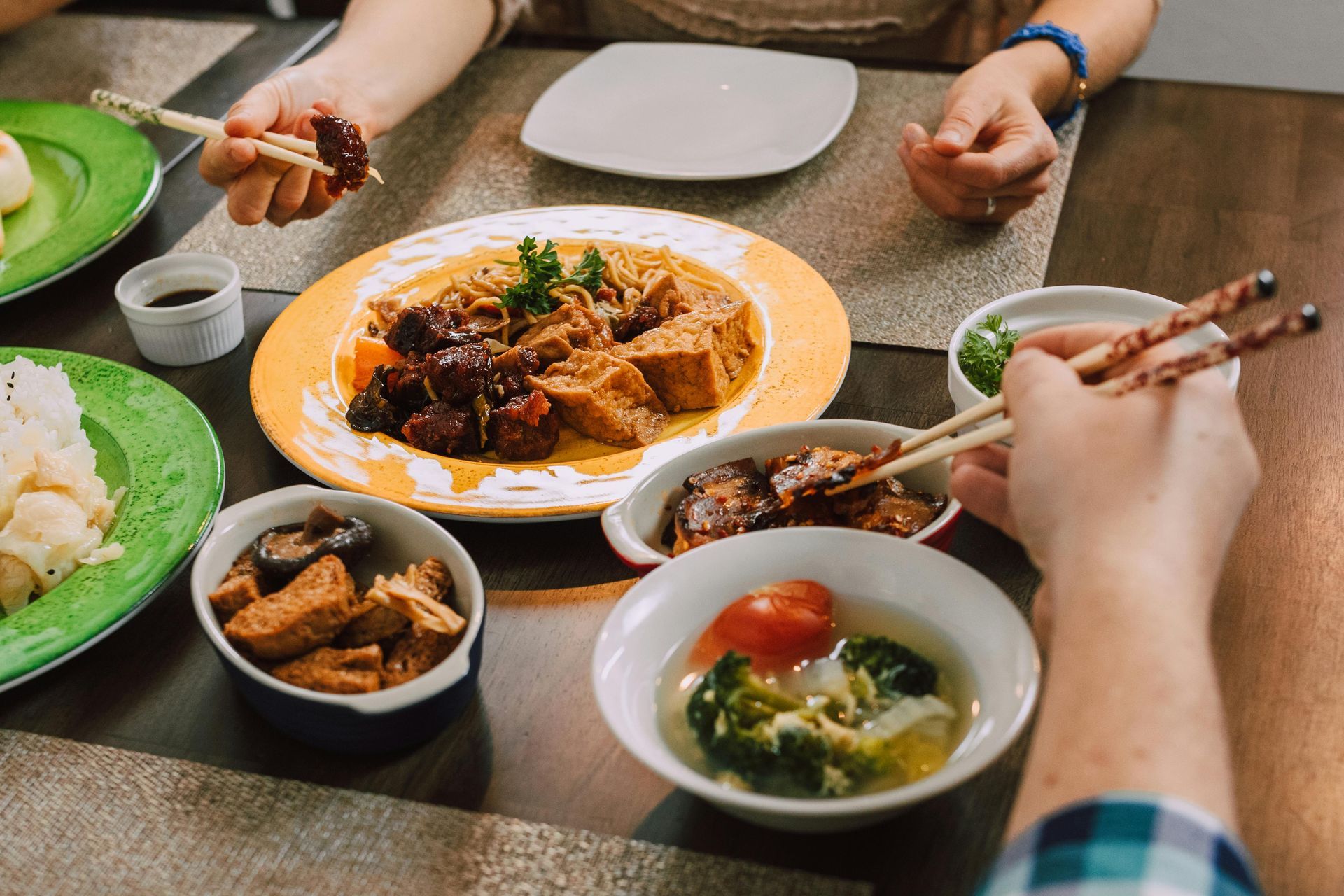The Rich History of Pho Vietnam s Beloved Noodle Soup
If you've ever visited a Vietnamese restaurant or taken a culinary journey through Vietnam, you've likely encountered pho. This fragrant noodle soup is more than just a meal; it is a cultural icon that tells a story of history, adaptation, and innovation.
Let's delve into the rich history of pho, exploring its origins, cultural significance, and the traditional ingredients that make this dish a staple in
Vietnamese cuisine. Understanding pho's journey offers insight into Vietnamese culture and the global appeal of this beloved dish.

The Origins of Pho
Pho's origins can be traced back to the early 20th century in northern Vietnam, particularly around Hanoi. The dish emerged during a time of significant French influence in the region, which is evident in pho's use of beef – a meat that was not commonly consumed in Vietnam before French colonization. The introduction of beef marked a pivotal change in Vietnamese culinary practices, aligning with global culinary trends while preserving local flavors.
French Influence and Innovation
The French introduced the concept of consuming beef, and the Vietnamese adapted it into their culinary traditions. The traditional pot-au-feu, a French beef stew, likely inspired the creation of pho. However, the Vietnamese took this inspiration and made it distinctly their own by adding rice noodles and local spices. This adaptation reflects the Vietnamese spirit of innovation, creating a dish that respects its roots while embracing new influences. The marriage of French culinary techniques with Vietnamese ingredients and flavors resulted in a unique dish that is both familiar and exotic.
Migration and Evolution
As the political landscape in Vietnam changed, so too did the geographical reach of pho. During the Vietnam War, many Vietnamese fled to the south, bringing with them their northern culinary traditions.
This migration led to variations in pho recipes, with southern styles incorporating more herbs and garnishes, highlighting regional tastes and preferences. These variations are a testament to the adaptability of pho, showcasing how a dish can evolve while maintaining its core identity. Each regional version of pho tells its own story, offering a glimpse into the cultural and historical nuances of its place of origin.

Cultural Significance of Pho
Pho is more than just a dish; it embodies the resilience and adaptability of the Vietnamese people. It represents the melding of different cultures and the innovation that arises from necessity. As a culinary symbol, pho highlights the Vietnamese ability to integrate foreign elements into their own traditions, creating something new and meaningful.
A Symbol of Unity and Comfort
In Vietnam, pho is often enjoyed as a breakfast dish, providing nourishment and warmth to start the day. It is a meal that brings people together, whether in bustling street markets or family kitchens.
The aromatic broth simmering with spices such as star anise, cinnamon, and cloves creates a comforting experience that transcends mere sustenance. Sharing a bowl of pho is a communal experience, fostering a sense of connection and unity among those who partake in it. The ritual of eating pho can be seen as a metaphor for community, where individual components come together to create something greater.
Global Reach and Adaptation
Today, pho has made its way across the globe, becoming a beloved dish in many countries. It has adapted to local palates, but its essence remains the same.
This global popularity underscores its cultural significance and the universal appeal of its flavors. Pho's journey around the world is a testament to its versatility and the shared human experience of seeking comfort in food. Whether in a bustling city in North America or a small town in Europe, pho continues to be a culinary ambassador of Vietnamese culture, bridging gaps and creating connections.

Traditional Pho Ingredients
The heart of pho lies in its ingredients. Each component plays a crucial role in creating the dish's distinctive flavor profile. The careful selection and preparation of these ingredients reflect the artistry and tradition embedded in Vietnamese cuisine.
The Broth
The broth is the soul of pho. It is traditionally made by simmering beef bones for several hours, allowing the flavors to develop fully. Spices like star anise, cloves, and cinnamon are added, infusing the broth with their rich aroma.
This slow-cooking process not only extracts the deep flavors from the bones but also imparts a clear, aromatic broth that is the hallmark of a well-prepared pho. The broth's complexity is a reflection of the skill and patience required to create it, elevating pho from a simple noodle soup to a culinary masterpiece.
Noodles and Protein
Rice noodles, known as "banh pho," are essential to the dish. They are typically flat and silky, providing a perfect base for the flavorful broth. The choice of protein varies, with beef being the most traditional. Options include thinly sliced rare beef, brisket, or meatballs. Chicken is also a popular alternative.
The choice of protein can significantly alter the pho experience, offering different textures and flavors that cater to personal preferences. Each variation provides a new experience, allowing pho to cater to a wide range of tastes and dietary needs.
Herbs and Garnishes
A variety of fresh herbs and garnishes are used to enhance pho's flavor. Common additions include bean sprouts, Thai basil, cilantro, lime wedges, and chili peppers. These ingredients allow diners to customize their pho, adding layers of texture and taste. The herbs and garnishes not only add freshness and complexity but also reflect the regional differences in pho preparation. This customization aspect is integral to pho's appeal, making it a dish that is both personal and communal.
The Art of Making Pho
Creating the perfect bowl of pho is an art that requires patience and precision. While recipes may vary, the following steps outline the general process. Each step in the preparation is a testament to the skill and dedication required to honor the tradition of this dish.
- Preparing the Broth: Begin by roasting beef bones to enhance their flavor. Simmer the bones with spices, onions, and ginger for several hours to develop a rich broth. This stage requires careful attention to detail, as the balance of spices and the timing of simmering can greatly affect the final flavor.
- Cooking the Noodles: Cook rice noodles separately, ensuring they are al dente. Overcooked noodles can become mushy when added to the hot broth. This step highlights the importance of texture in pho, where the noodles should complement rather than overpower the dish.
- Assembling the Bowl: Place cooked noodles in a bowl, top with slices of beef or chicken, and pour the hot broth over the top. The heat from the broth will cook the thinly sliced meat. This assembly process is where the magic happens, bringing together the individual components into a harmonious whole.
- Adding Garnishes: Serve with a plate of fresh herbs and garnishes, allowing each diner to customize their pho according to taste. This final step celebrates the personal nature of pho, where each bowl is a unique creation tailored to the diner's preferences.

Where to Find Authentic Pho
Whether you're wandering through the lively streets of Hanoi or craving a comforting bowl close to home, finding truly authentic pho is a delicious journey worth taking. For those in search of rich, flavorful broth and traditional ingredients, Saigon Village Restaurant is a must-visit. Known for honoring classic Vietnamese recipes and preparation methods, this local favorite delivers an experience that goes beyond taste. It's a warm, cultural embrace in every bite.
Pho Near Me
For those eager to try this iconic dish, a quick search for "pho near me" can lead you to local Vietnamese restaurants offering this delightful noodle soup. Exploring different establishments can introduce you to the subtle variations that make each bowl unique.
Each pho restaurant offers its own interpretation of the dish, reflecting the chef's personal touch and the local community's influence. This exploration can be a culinary adventure, offering a deeper appreciation for the diversity and creativity within the world of pho.
Taste Authentic Pho at Chincoteague
Pho is more than just a meal; it is a culinary journey steeped in history and cultural significance. From its humble beginnings in northern Vietnam to its global presence today, pho remains a testament to the creativity and resilience of the Vietnamese people.
By understanding its origins and appreciating its traditional ingredients, we can savor each bowl with a deeper connection to its rich heritage. Whether you're a seasoned pho enthusiast or a curious newcomer, the next time you enjoy a steaming bowl of this noodle soup, you'll be partaking in a beloved tradition that continues to warm hearts around the world. The story of pho is a reminder of the power of food to transcend borders and bring people together, one bowl at a time. We also have mouth-watering vegetarian and vegan options that satisfy every palate.
Stop by Saigon Village Restaurant today and
savor the authentic pho you've been craving!